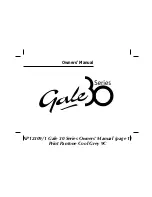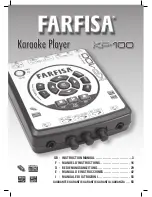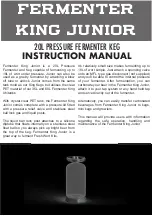
®
www.harger.com
®
www.harger.com
®
www.harger.com
3
The Ultraweld Connection
An Ultraweld connection produces an electrical connection
superior in performance to any known mechanical or
pressure type connection. These connections are made
in several applications including; Grounding, Lightning
Protection, Cathodic Protection, and Rail.
The molecular bond formed when making an Ultraweld
between two or more conductors has the following
advantages:
• Will not loosen
• Current carrying capacity greater than the conductors
• No increase in resistance over time
• Will last longer than the conductor being welded
• Made with materials that are inexpensive, portable, and
require little training
• Easily inspected through non destructive means
Tips for Making Quality
Connections
As with all products, there are tips to make the Ultraweld
process easier and to insure a quality connection. Some of
these tips are as follows:
• Read all instructions that accompany the mold. The type
of mold can be found on the mold tag. This will indicate
which drawing should be viewed to understand the
placement of the conductors in the weld cavity.
• Dry the mold with a torch to remove any moisture in the
mold. Mold should be heated above 220 degrees F.
• Clean and dry all conductors to be welded. All metal
surfaces should be cleaned down to bright metal.
• Make sure mold can stay in the vertical position while
making the weld as this process is a gravity fed system.
• Make sure handle closes mold tightly and handles lock
properly.
• Check all conductor holes in the graphite to make sure
they aren’t worn or cracked.
• Make sure conductors fit snug in the mold to seal in the
weld metal.
• Clean mold with a natural bristle brush. Do not use a
metal or plastic brush on the mold.
®
www.harger.com
4
step
1
Dry and Clean the mold and conductor.
step
2
Place conductors and UltraShot
®
cartridge into
mold.
step
3
Close the lid and attach DRONE cord to the
UltraShot
®
igniter.
Making an UltraShot
Connection
(drop-in steps)




























